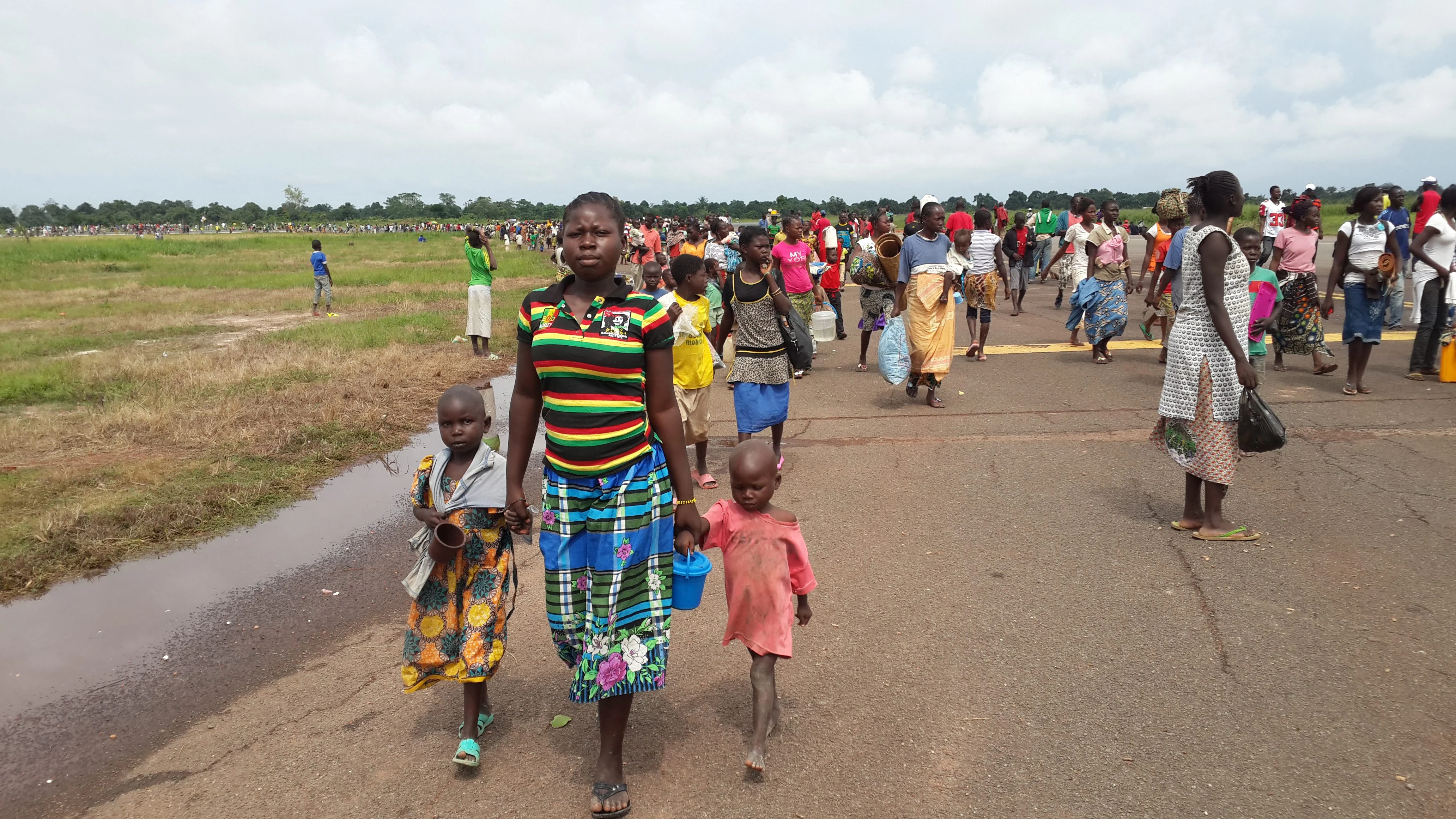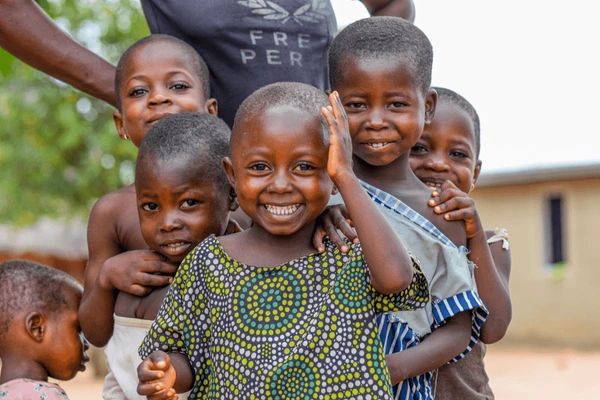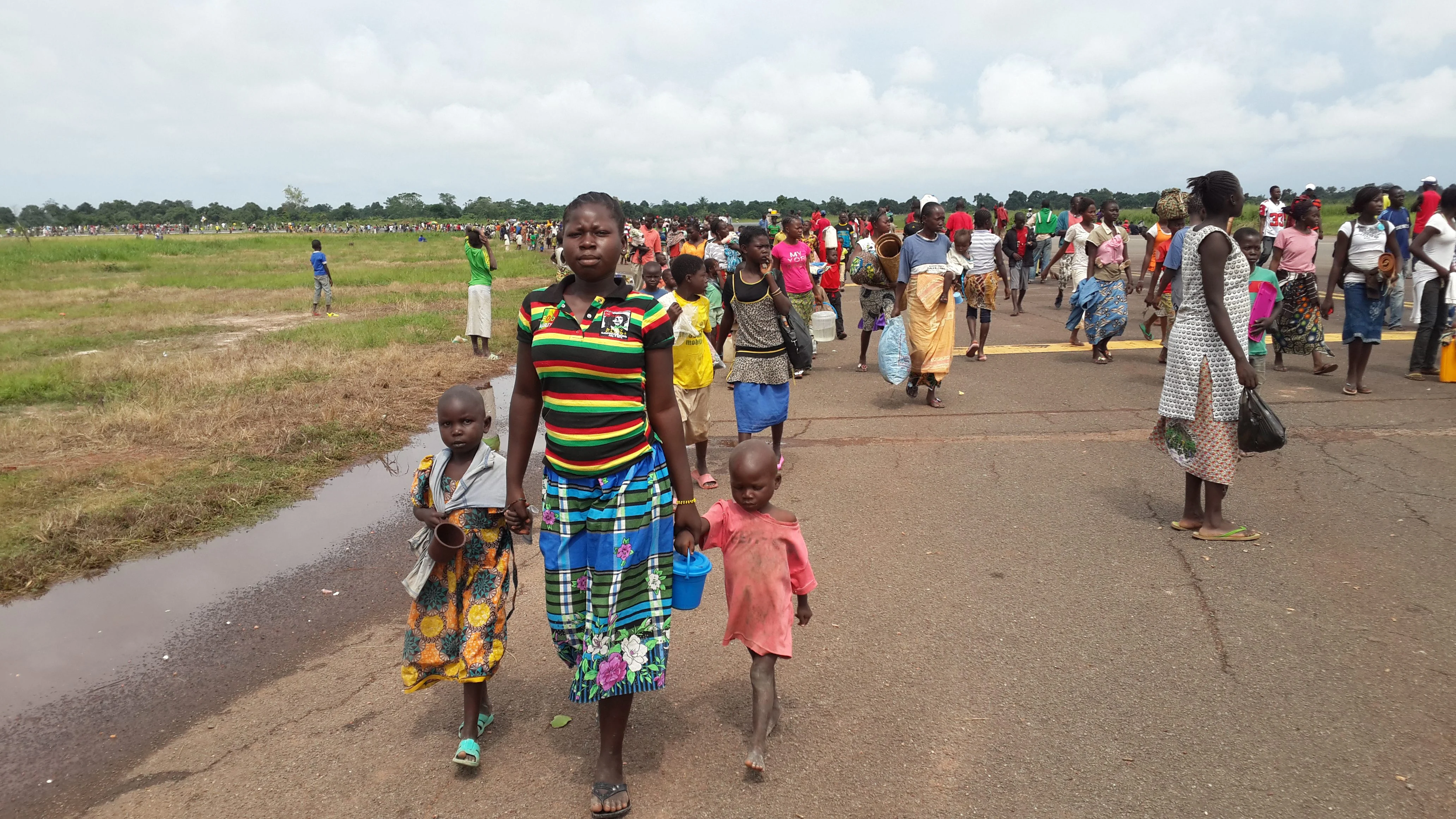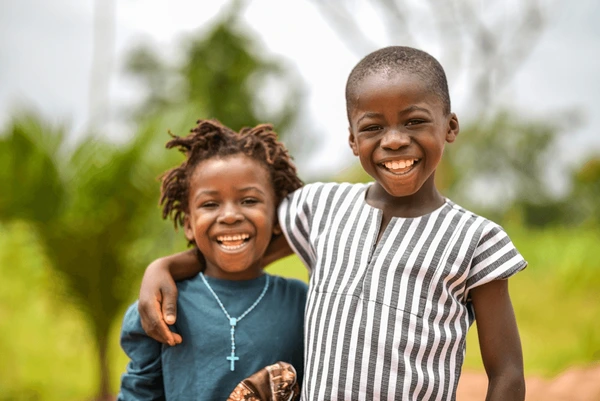
Barnyard Millet also known as Svoboda, it can be parboiled, dehulled, cooked and consumed in a similar way to rice. The grain can also be processed into flour for the preparation of various foods. Photo: Collins Chirinda/PELUM Zimbabwe.
The damage caused by the “green revolution” to African food systems is almost too deep to fathom completely. To make matters worse, the disconnect between the young and the elderly, fuelled by and coupled with globalisation, colonialism and modernisation has added fuel to the fire.
Elders who were traditionally regarded as holders of knowledge and wisdom are now looked at as unlearned people and in some instances as witches and wizards. As a result, many elders are dying with their knowledge, leaving the young generations to wander around, without effective or applicable solutions to modern day challenges such as climate change as well as food and nutrition insecurity.
PELUM Zimbabwe partners EarthLore Foundation and Zimbabwe Smallholder Organic Farmers’ Forum (ZIMSOFF) have been working to address both the effects of the green revolution and the divide between the elderly and the young in Bikita district.
Method Gundiza (49), the Director of EarthLore says was in the course of this work that it was discovered that an elderly woman affectionately known as Mbuya Mukondo (now late) was in possession of a millet variety known as Svoboda (Barnyard Millet) which had become a lost variety.
“She had planted it over the seasons and it had slowly diminished over the past years until she had almost forgotten about it, till the discussion on lost seeds came up. She had very few seeds with her stored in a clay pot in her storeroom, and it was when she was left with a handful that she remembered and showed it to us, that’s when the work to revitalize and advocate for svoboda began,” explains Method.
“With the help of EarthLore and ZIMSOFF Mbuya Mukondo sat in dialogues with farmers from her community, telling stories of svoboda and giving out small quantities from the little seed she had left. Farmers quickly began multiplying the seed, spreading it to communities in Bikita and Gutu,” added Method.
Bhuraki Machinduka (54), one of the farmers who has benefited from Mbuya Mukondo’s seed work says he is now growing and selling it.
“I have managed to grow it in my field and I can happily harvest at least a tonne from my field, I am also making money through selling the surplus I get from my field,” says Bhuraki.
Tanga Pasurai (51), a small-scale farmer from Gutu says svoboda boasts of many benefits.
“When one has an allergy or reaction to their skin (munyaviri) you can bathe with water soaked overnight in svoboda and you’ll start to see changes, and it also heals wounds in the mouth by eating the stem, it’s easier to harvest and grind unlike other millets , and it’s also cost-effective because you don’t need a lot of money to grow and maintain it, it’s good for drought because it does well in areas where there is low to no rainfall, and besides birds, pests and diseases rarely attack it both in the field and in the store room,” says Tanga.
Oliat Mavuramba, a farmer from ZIMSOFF commends how much you can harvest from svoboda especially when there is adequate moisture.
“If you harvest the crop as long as there is moisture it will continue to shoot and grow and it takes 3 months to ripen, Svoboda is very rich in nutritional value, and it’s one of the earliest-maturity crops also, one can harvest it three to four times from one plant and it can shoot out about 20 shoots.” After the initial harvest, this means a family can be able to sustain itself for months to come even in times of low rainfall,” he says.
Method says the work that EarthLore and ZIMSOFF are doing is pertinent for Zimbabweans if we are to successfully adapt to the changing climate and ensure nutrition security.
“We need to change the diets, increase acreage and bring traditional food, diet influences what type of food is produced, and as the drastic shift from maize to millets changes the diets and diversity of meals, we need to continue with the agenda for our future ones and give hope to our smallholder farmers, we need to balance our taste buds and make people realise that millets are food too and we should continue to create a platform for this traditional food and millets,” says Method.







